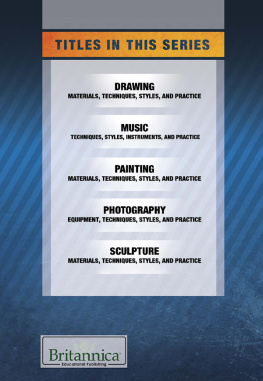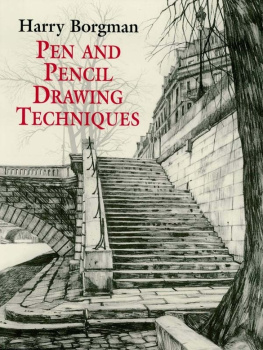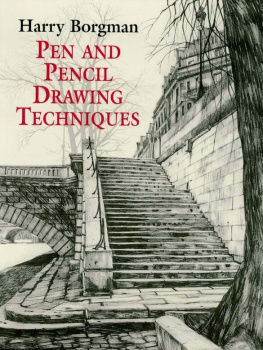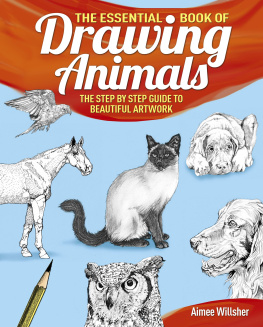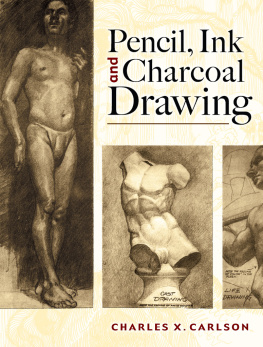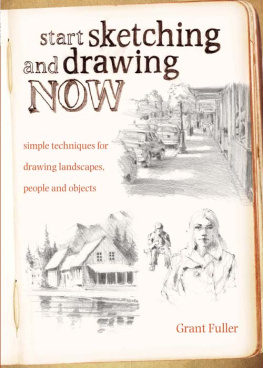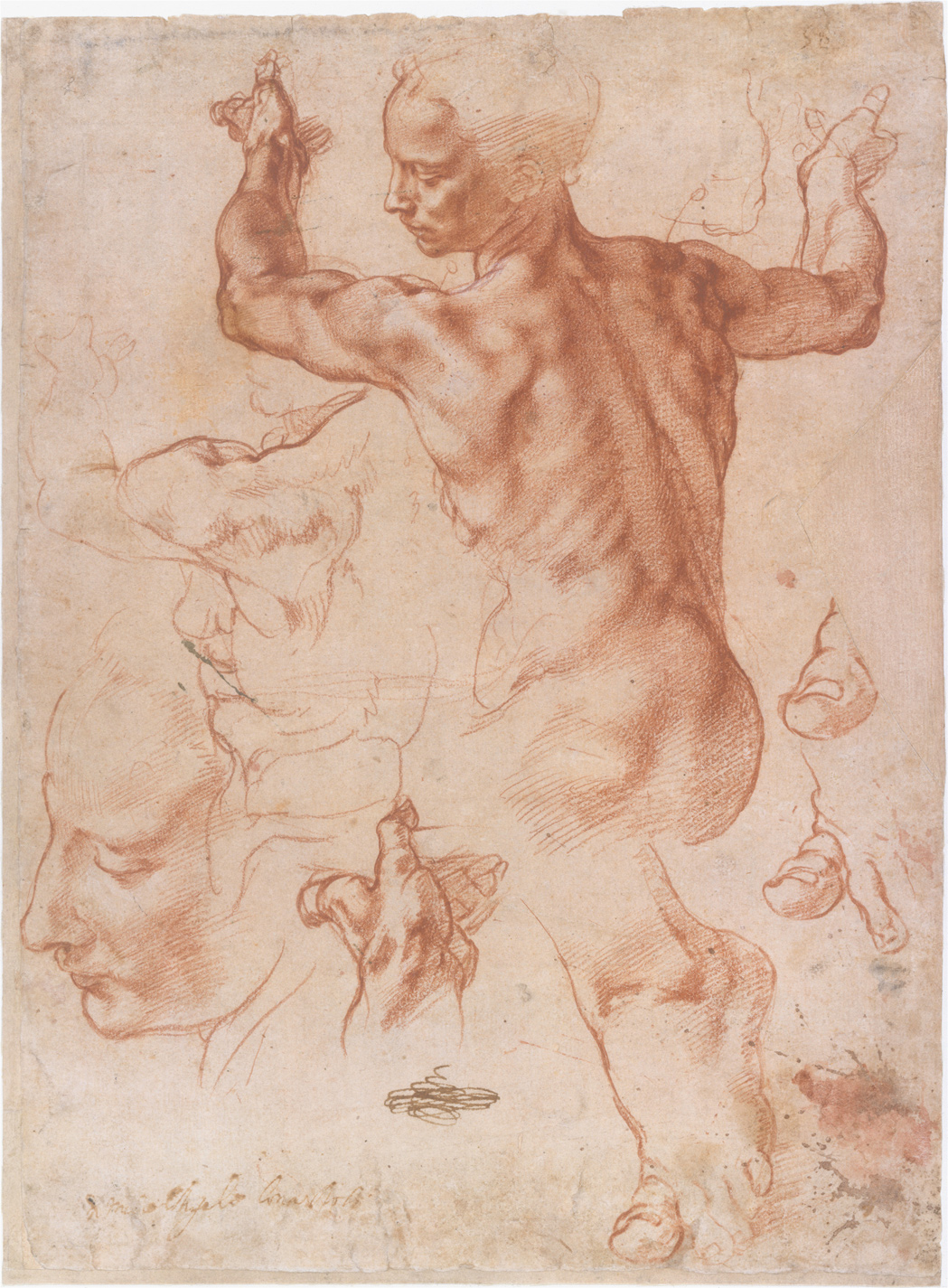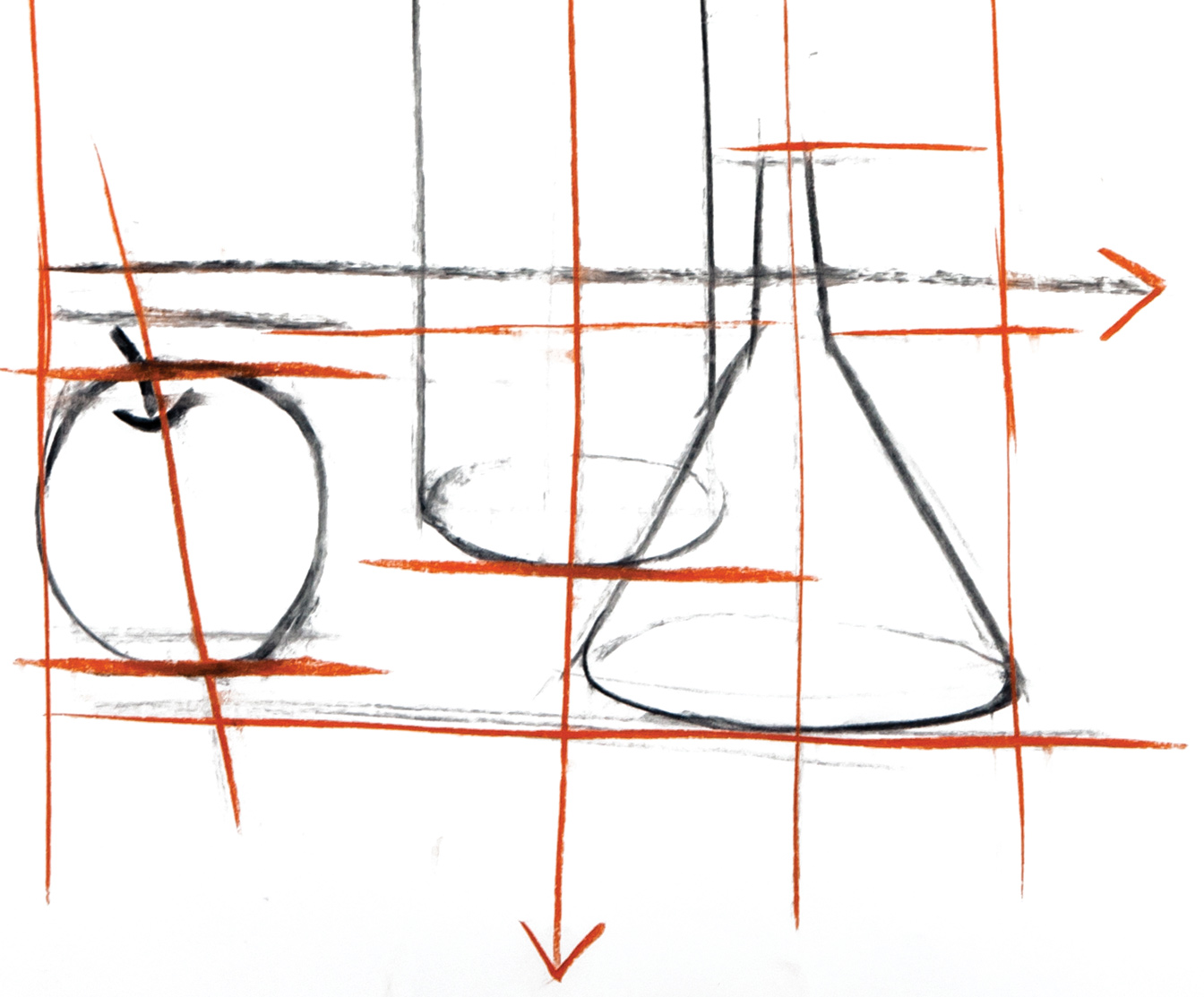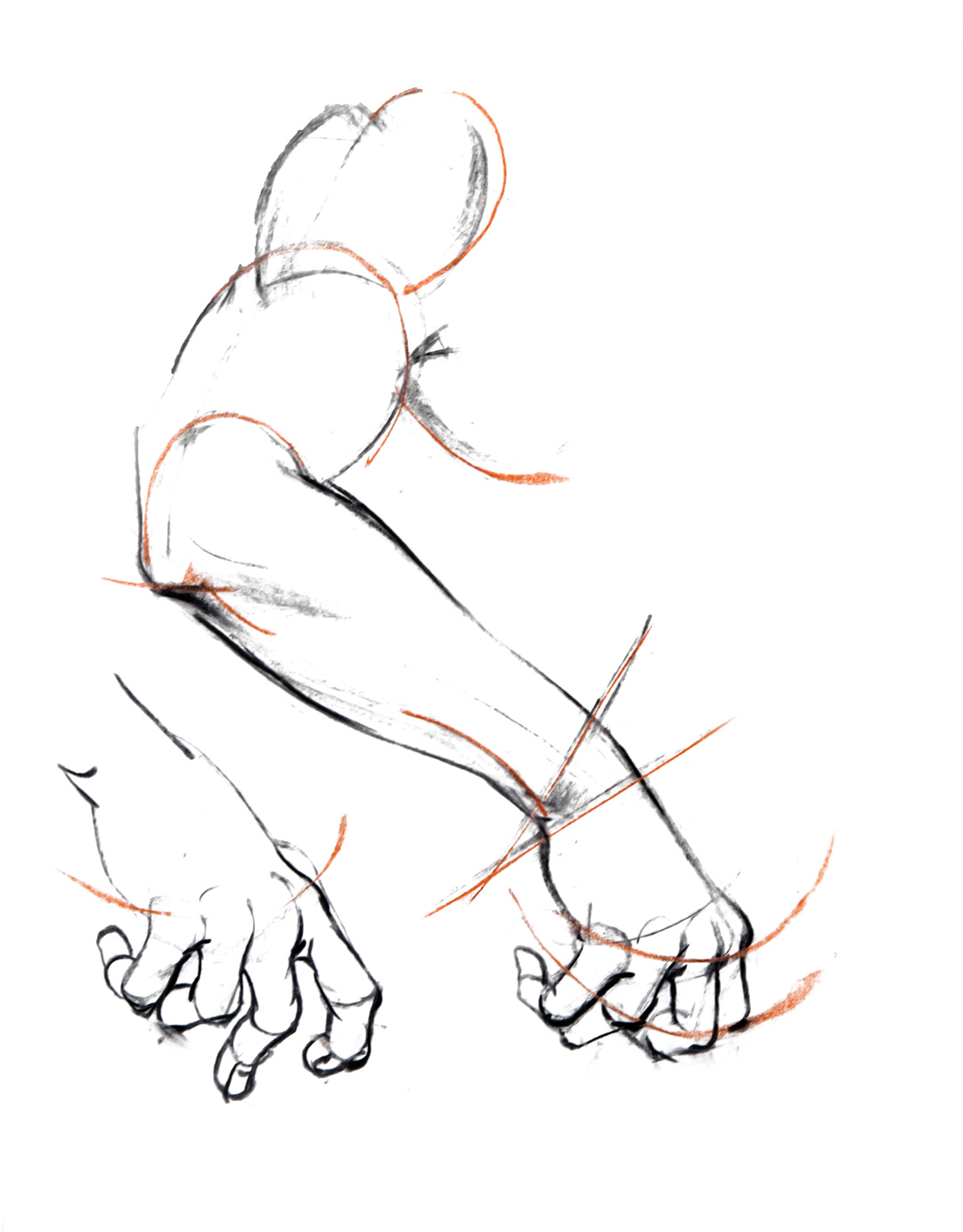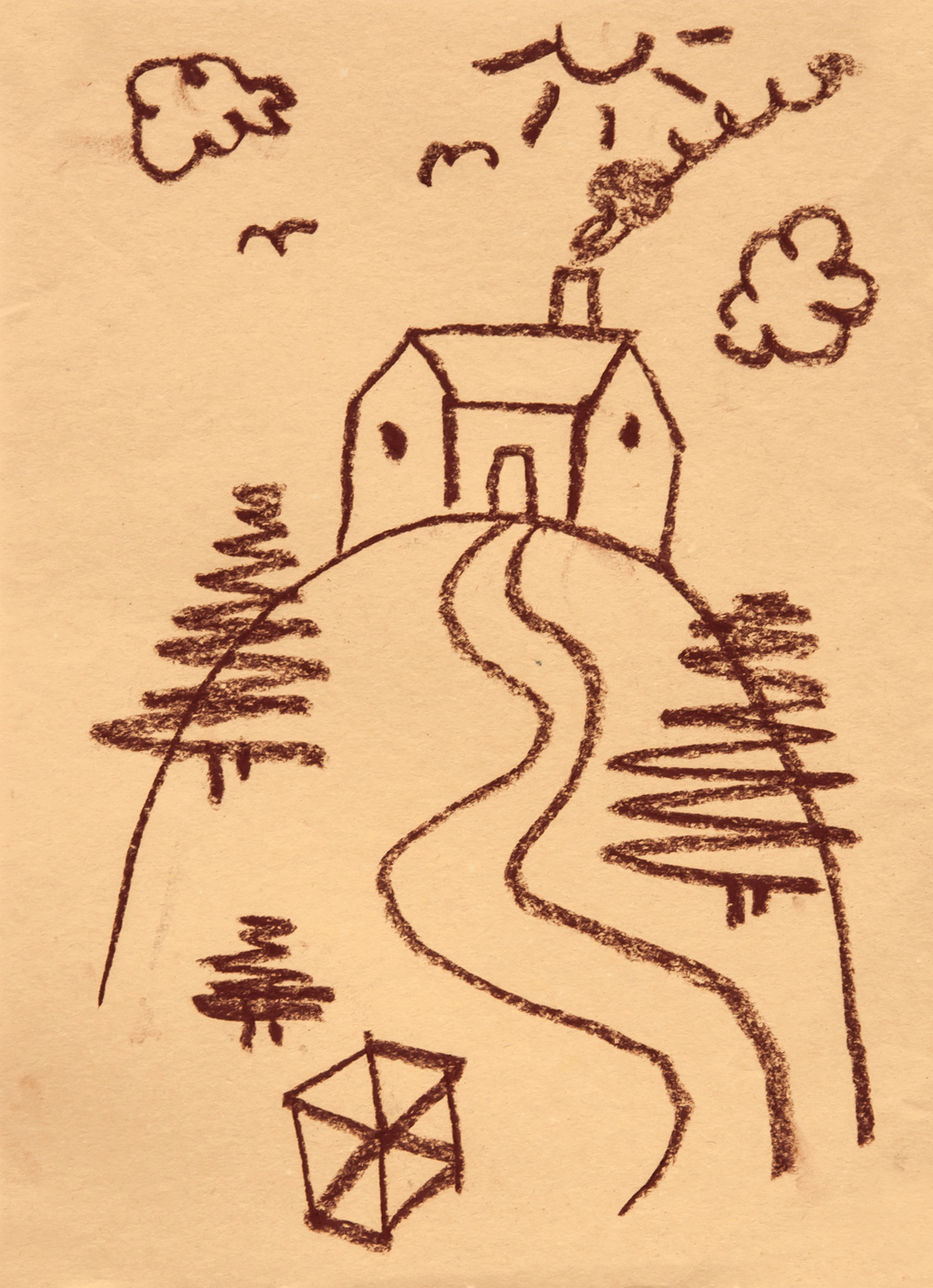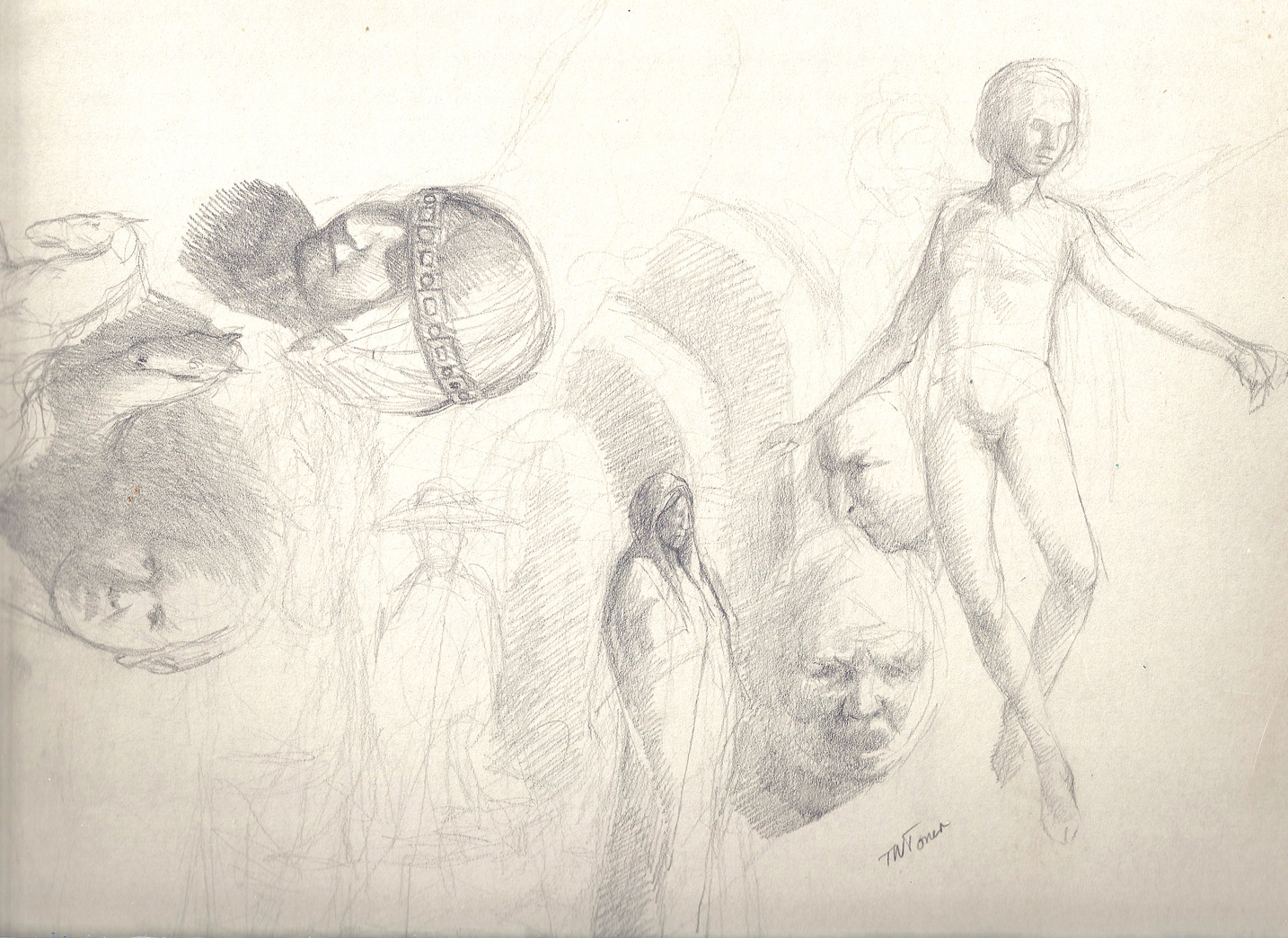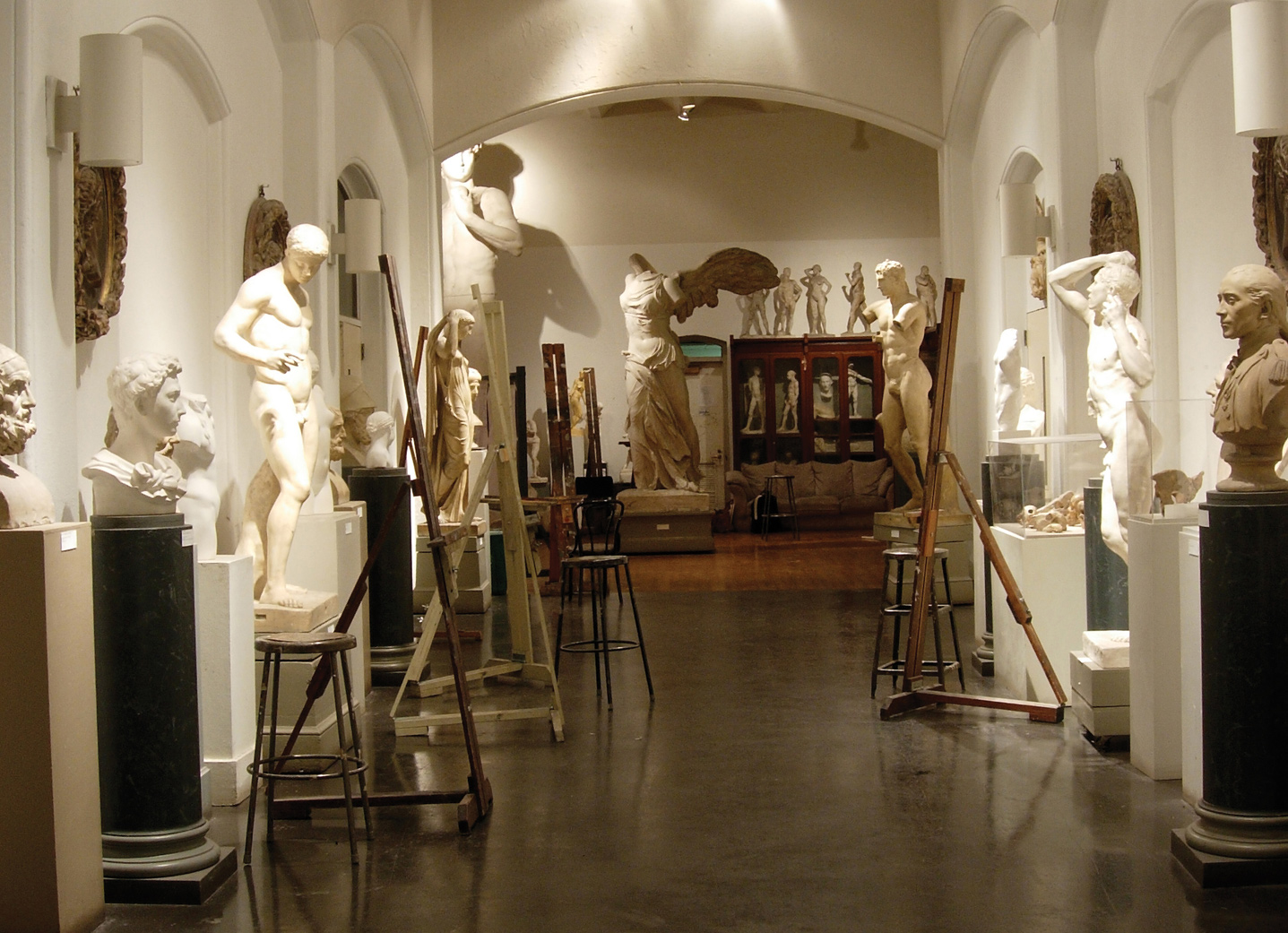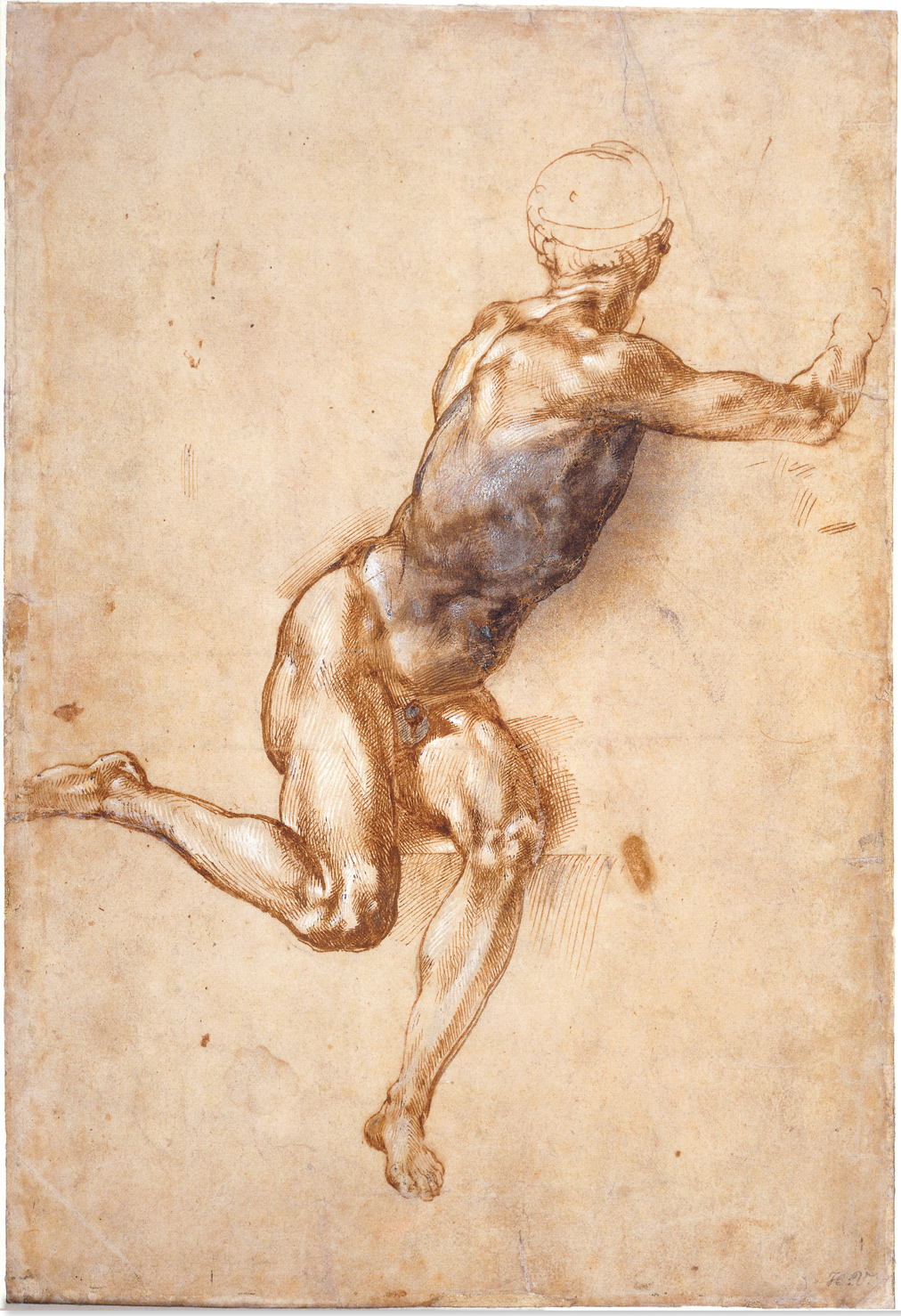Michelangelo Buonarotti, Studies for the Libyan Sibyl, 15081512, red chalk on unknown surface, 11 87/ inches (28.9 21.4cm). The Metropolitan Museum of Art (New York, NY). Art Resource, NY.
Copyright 2017 by Albert F. Gury
All rights reserved.
Published in the United States by Watson-Guptill Publications, an imprint of the Crown Publishing Group, a division of Penguin Random House LLC, New York.
www.crownpublishing.com
www.watsonguptill.com
WATSON-GUPTILL and the WG and Horse designs are registered trademarks of Penguin Random House LLC
Library of Congress Cataloging-in-Publication Data
Names: Gury, Al, author.
Title: Foundations of drawing : a practical guide to art history, tools, techniques, and styles / Al Gury.
Description: First edition. | California ; New York : Watson-Guptill, 2017. | Includes bibliographical references and index.
Identifiers: LCCN 2017001750 (print) | LCCN 2017003614 (ebook)
Subjects: LCSH: DrawingTechnique. | DrawingHistory. | BISAC: ART / Techniques / Drawing. | ART / Techniques / General. | ART / Study & Teaching.
Classification: LCC NC730 .G89 2017 (print) | LCC NC730 (ebook) | DDC 741.2dc23
LC record available at https://lccn.loc.gov/2017001750
Trade Paperback ISBN9780307987181
Ebook ISBN9780307987198
v4.1
a
Foundations of Drawing is dedicated to Mr. Jack Frisk, art collector, scholar, and friend.
Holly Trostle Brigham, Judith and Flora, 2003, watercolor on paper, 29 29 inches (74.93 74.93 cm). Private collection.
CONTENTS


PREFACE: a Life of Drawing
The ideas, thoughts, and concepts contained in this book are filtered through my own experience and that of the many teachers of drawing who have influenced my development as an artist and teacher. In this book, I try to recreate the atmosphere of my drawing classroom and the rich conversations with my students on materials, concepts, aesthetics, and history. For thirty years, I have taught drawing to students ranging from complete beginnersincluding children, teenagers, the elderly, and the learning impairedto very experienced artists at the Pennsylvania Academy of the Fine Arts. PAFA has produced some of the finest artists in American history, including Thomas Eakins, Mary Cassatt, Maxfield Parrish, Cecilia Beaux, Daniel Garber, Sidney Goodman, and Vincent Desiderio, and drawing has always been at the core of the schools curriculuman umbrella for its educational mission. The drawing curriculum at PAFA is strong and balanced and addresses the great tradition of academic fine-arts education as well as important issues of contemporary artistic discourse and art-making. Beginning with cast drawing, life drawing, anatomy, still-life drawing, interior drawing, and perspective, PAFA students are guided through lessons in the formal elements of drawing (shape, form, line, light and shade, perspective, composition, and so on) with the goal of developing a solid knowledge base and an expressive, personal language and vision. Upper-level classes add the concerns of drawing in the modern world: content, narrative, aesthetics, diverse mediums, and personal statement.
Drawing done by the author at age five.
Thomas Toner, Sketches, date unknown, pencil on paper, 8 12 inches (20.32 30.48 cm). Collection of the author.
Tom Toner did numerous preparatory sketches in pencil, like this one, for his large oil paintings. He loosely sketched the shapes of the figures and faces with a sharp 6B pencil, then added shading with short hatch lines following the direction of the light. Toners drawing technique is derived from approaches used in the fifteenth and sixteenth centuries in Italy and northern Europe by artists such as Pontormo and Albrecht Drer.
Cast Corridor, Pennsylvania Academy of the Fine Arts (PAFA), Philadelphia.
The Cast Hall and Corridor at PAFA were designed as drawing studios by the buildings architects, the Philadelphia firm of Furness-Hewitt. The building, a national landmark, was opened in 1876 for Americas centennial celebration. Its cast collection, including more than 160 full-size replicas of Greco-Roman and Renaissance figures, busts, and reliefs, serves a central component of the drawing curriculum at the school.
Michelangelo Buonarroti, A Seated Nude Twisting Around, circa 15041505, pen and brown ink with wash and lead white on paper, dimensions unknown. British Museum, London. the Trustees of the British Museum/Art Resource, New York.
This Michelangelo drawing, probably done from a model, is first sketched in with fine line in brown ink and pen. The modeling of the forms uses short hatching lines in brown ink following the direction changes of the surfaces of the figures anatomical structures. Strokes of white hatch lines on the very tops of the swelling forms complete the sense of form and light. The tan paper provides a unifying middle tone for the forms of the figure.
INTRODUCTION
Foundations of Drawing is a guide for teachers, students, artists, and the general reader to the traditions and practice of drawing in Western culture. This overview of the history of drawing and of drawing materials, concepts, and techniques provides a practical look at the art of drawing and will be a useful text for anyone who is interested in learning about drawing, returning to drawing, studying drawing, or teaching drawing as well as for longtime practitioners of the art. The book takes the point of view that clear information on the history, materials, and techniques of drawing creates the ability to understand drawing, make choices, and chart ones development in drawing with a sense of confidence.



